By Ka Yee Chan
Asia Week New York 2014, from March 14-22, is a nine-day celebration of Asian art in New York City. This is a celebration of tradition, as well as modern and new emerging artists. Don’t miss out on a chance to broaden your view with these amazing collections of Asian art.
Asia Week covers a wide range of regions in Asia, which includes China, Japan, Korea, India, Thailand, Tibet and more. All of the galleries are in walking distances. To make it easier for you to explore your desired galleries, below, is an organization of galleries by regions and information about each.
For those who want to focus on viewing Chinese, Japanese, and Korean galleries:
Chinese Porcelain Company, 475 Park Avenue, at 58th street
This March, Chinese Porcelain Company presented two exhibitions: Early Chinese Ceramics and Landscape and Nature in Contemporary Chinese Ink. Within the Early Chinese Ceramics exhibition, it features a group of green-glazed stoneware dating from the Warring States, Han Dynasty, Jin Dynasty and of course the Song Dynasty where it was one of the finest period of Chinese porcelain-ware. There are also a number of seminal pieces. One of those, would be the Yueyao Glazed Funerary Jar from Western Jin Dynasty. The funerary jar, which is known as “hunping “(vessel of the hun soul), is the most dramatic type of Yue ware.
Landscape and nature in Contemporary Chinese Ink features six masters of contemporary ink: Liu Dan, Zeng Xiaojun, Shen Qin, Tai Xiangzhou, Lee Chunyi, and Zhang Yirong. Liu Dan’s poppy, finished with exquisite details with subtle brush strokes and delicate coloration. Zeng Xiaojun presented his personal obsession and fascination of wood and trees. Shen Qin keeps the traditional medias: calligraphy brush and rice paper with techniques inspired by Western abstraction and Minimalism. Three rising contemporary ink artists, Tai Xiangzhou, Lee Chinyi, and Zhang Yirong, also brought in modern spirits in the exhibitions. The Chinese Porcelain Company presented both the ancient and contemporary Chinese art.
Zetterquist Galleries, 3 East 66th street, 1B (CHINESE)
Beautiful forms are what Zetterquist Galleries emphasizes on as the Greek were constantly seeking for their “Golden Ratio.” This 2014 exhibition, Zetterquist Galleries presents the Chinese Monochromes. Ceramics doesn’t have to be highly decorated; monochromes can better bring the attention to the forms.
The beauty of form was more apparent in Chinese early white-wares. According to Zetterquist, the tenth century was the most exciting period of Chinese art. It was a time when Chinese distilled foreign influences, and transformed them into an elegant and unique Chinese style. Zetterquist Galleries have a great collection of monochrome ceramics where it presents the quality and beauty of forms, and reflected a reverence for nature and power of minimalism.
Erik Thomsen, 23 East 67th Street (JAPANESE)
Erik Thomsen features Japanese Paintings and Works of Art. The gallery specialized in Japanese screens and scrolls, early Japanese tea ceramics, masterpieces of ikebana bamboo baskets, gold lacquer objects, and as well as Japanese contemporary arts.
Three arts that are highlighted in this 2014 exhibition are Tattooed Woman, Box with Moon and Clouds, and Scenes from the Great Eastern Road. Tattooed Woman dates in Taisho (1912-1926) or Showa Era (1926-1989). It is a hanging scroll of ink and mineral colors on silk. A woman sits with her back toward the viewer, holds a paper and bamboo fan with a dramatic blue and red tattoo on her back. Box with Moon and Clouds was found in the Heisei Era. It is kanshitsu lacquer with decoration in shell inlay, gold, silver, and aokin togidashi maki-e, gold hirame, and nashiji on a black lacquer ground. The Scenes from the Great Eastern Road from the Edo Period is a pair of six-panel folding screens. It is a combination of ink, mineral colors, gofun, gold flakes and gold leaf on paper. There are more Japanese masterpieces in the gallery and have to be viewed in person to truly experience these amazing pieces.
Michael Hughes and Koo New York, Mark Murray Gallery, 39 East 72nd Street, 5th floor. (CHINESE, KOREAN)
This is an exhibition of Chinese and Korean arts. Michael Hughes focuses on Chinese Art while Koo New York focuses on Korean Art. Michael Hughes features a great variety of Chinese Arts from the 7th and 8th century China. The glazed figures, and painted potteries are mostly from the 8th century.
Two big pieces of the show:
-A rare silk and metal thread embroidery of Avalokitesvara (Guanyin) with attendants, most likely from early Qing Dynasty. It is embroidery on a silk background with velvet mounts.
-A rare wood figure of a Peacock from India, Delhi/Lahore, or Karnataka. It dates from the 19th century.
Koo New York is led by Jiyoung Koo. This exhibition is called the Korean Tradition Art of Interior where it focuses on Korean furniture, which is very difficult to find, such as a complete set of lattice door or window panels from the 19th century. It is very useful being able to use as a door, and as windows for all seasons. Many of the furniture presented in the gallery are for males. They are simple, humble yet elegant furniture with the purpose to assist the daily activities of the males. All the furniture has their own purposes and stories behind them. There are reasons they look the way they do, which reflect the history of Korean Tradition.
Michael Goedhuis, 929 Madison Avenue, at 74th Street (CHINESE)
The gallery focused on Chinese contemporary Arts, and is based in London. This exhibition is a solo show of Wei Ligang. Wei Ligang was born in 1964 in Datong, Shanxi. His works are very diverse. He has the concept of releasing the constrained and controlled calligraphic lines, and allowing it to go free, which is different from traditional calligraphy. To hold on to the root of China, all his works are finished with ink and brushes, but put in a more modern and contemporary way. His works are diverse, but the works contain unique characteristics of Wei Ligang. His work was featured in a British museum and as well will be shown in Hong Kong, Fine Art Asia 2014.
Nicholas Grindley, Hazlitt Gooden & Fox, 17 East 76th Street (CHINESE)
It is an exhibition of Chinese furniture and works of art. Other than big furniture, the gallery also features many smaller home decorations and beautiful utility objects, such as a soapstone brushpot with a continuous scene by Lin Qingqing (1876-1984), a carved bamboo brushpot with a scene from the Ode to the Red Cliff from 18th century, a black ceramic brush-rest in the form of a rocky five-peaked mountain range, and an undecorated fan with bamboo fan guards with incised decoration. All of these beautiful art works were as well daily utilities during their times.
One must also introduce chair, a hunghuali yoke back armchair with a backward sloping yoke, flattened in the middle and rounded ends. It is from the Late Ming Dynasty, late 16th century. It was once broken, but fixed in London. Other than the names of artists and designs of art pieces, the use of materials is also a great element that is used to mark the price of these precious pieces of furniture.
Gisele Croes, Gagosian gallery, 980 Madison at 77th Street (CHINESE)
Gisele Croes presented the Matter and Memory-Ancient Chinese Art Treasures. She has been in this field for more than 30 years and is one of the top experts of early Chinese Art. All of the pieces in the gallery are Chinese except one, which is Japanese. There are many small intricate pieces as well as some humongous ones. One eye-catching piece would be the Monumental Parcel-Gilt Bronze Figure of A Buddhist Guardian, Weitou from the Ming Dynasty.
In the gallery there is one contemporary painting marked as the link of Ancient China and Modern China. The fantastical landscape painting by Zeng Fanzhi who is well known for his expressionistic techniques.
Art Passages, Isselbacher Gallery, 980 Madison at 77th street (INDIAN)
Art Passages presented Indian and South East Asian Art, forcusing on Indian miniature paintings. Mostly from late 16th century to 19th century. There isn’t a particular theme of the gallery. The paintings are made in different regions of India. Some have inventory numbers at the back meaning they were the local lord’s collection. All the paintings were framed and finished with beautiful vibrant colors. There is a separation between the male and female musical melodies. It is very common to have pictorial paintings to describe these traditions and emotions. There are many symbolisms and tales behind all the paintings. Animals such as elephants, and lions are used, and they all resemble something in Indian Art.
Joan Mirviss, 39 East 78th Street, 4th floor (JAPANESE)
It is an exhibition of Japan in Black and White, Ink and Clay. It is inspired by the Chinese Contemporary Ink show in the Metropolitan Museum; wanting to emphasize on the idea of ink, the idea of black and white, and the idea of negative and positive.
It is a link of traditional Japanese paintings and contemporary, modern art, which include Early Japanese modern ceramics by postwar artists of WWII. One main focus is Yagi Kazuo. He transforms clay from being only functional to highly artistic forms with movements, creating new from old, very different from traditional vessels/sculptures.
Other than the art pieces, the gallery is an all-woods atmosphere, which made the gallery very enjoyable and relaxing.
Kaikodo, 74 East 79th Street, Suite 14B (CHINESE, JAPANESE)
Kaikodo presents The Immortal Past. This exhibition is dedicated to their teacher and friend James Cahill who had recently passed away. Other than the story behind each art piece, the exhibition emphasizes that the past, the memory, never disappears and will continue to exist in the future. The exhibition includes various media such as jade, ceramic, textile, bronze, silver, porcelain, wood and lacquer. Kaikodo presents mainly Chinese and Japanese art. Two highlights of the exhibition are a Han Dynasty Money Tree and the Analects Jade Candle, an extremely rare Tang dynasty gilt-silver drinking game set.
Carole Davenport, 22 East 80th Street, Ground level (JAPANESE, CHINESE)
Carole Davenport’s BCE To Now, presents the masterworks of Japan and China. The exhibition excludes more works of Japanese art. It includes sculptures, an armor helmet, scroll paintings and more. Each of the art pieces are strong enough to stand by themselves, but they all have a sense of connection, either the soft colors or the fantasy themes, such as the painting of deer floating on clouds, mythological Kirin sculpture, Momoyama fantastic helmet, etc. The exhibition gives a great sense of elegance and delicacy.
M. Sutherland Fine Art, 55 East 80th Street, 2nd Floor (CHINESE)
For this March, M. Sutherland Fine Art focuses on Hai Tao: New Paintings. Hai Tao was born in Nanjing in 1959. After he graduated from Nanjing Art Academy, he worked as a designer at the Nanjing Film Studio. He had not stopped painting. He has exquisite skill in landscape painting where he shows the spirit of Nature with intricate layers of strokes and wash. Not only does he use brushwork techniques of 17th century Jinling School eccentric, Gong Xian, he also listens to Western classical music while painting. These are all elements that help Hai Tao form these beautiful paintings that are full of movements.
Kang Collection, 9 East 82nd Street, 3A (KOREAN)
The Kang Collection specializes in Korean Art and antiquities. It is a celebration of Kang Collection’s 34th year. This March, it exhibits a solo show Bamboo/Wind by Ik-Joong Kang. It showcased the most recent works of Ik-Joong Kang. Kang has great skill in merging contemporary pop culture elements with classical Korean iconography. Some highlights of the show would be the Blue Chrysanthemum Moon Jar, Bamboo, Buncheong Jar, and the Moon Jar with Colored Dots. Kang’s works kept the tradition, but with modern senses.
For more information about Asia Week New York 2014, please visit: http://www.asiaweekny.com/
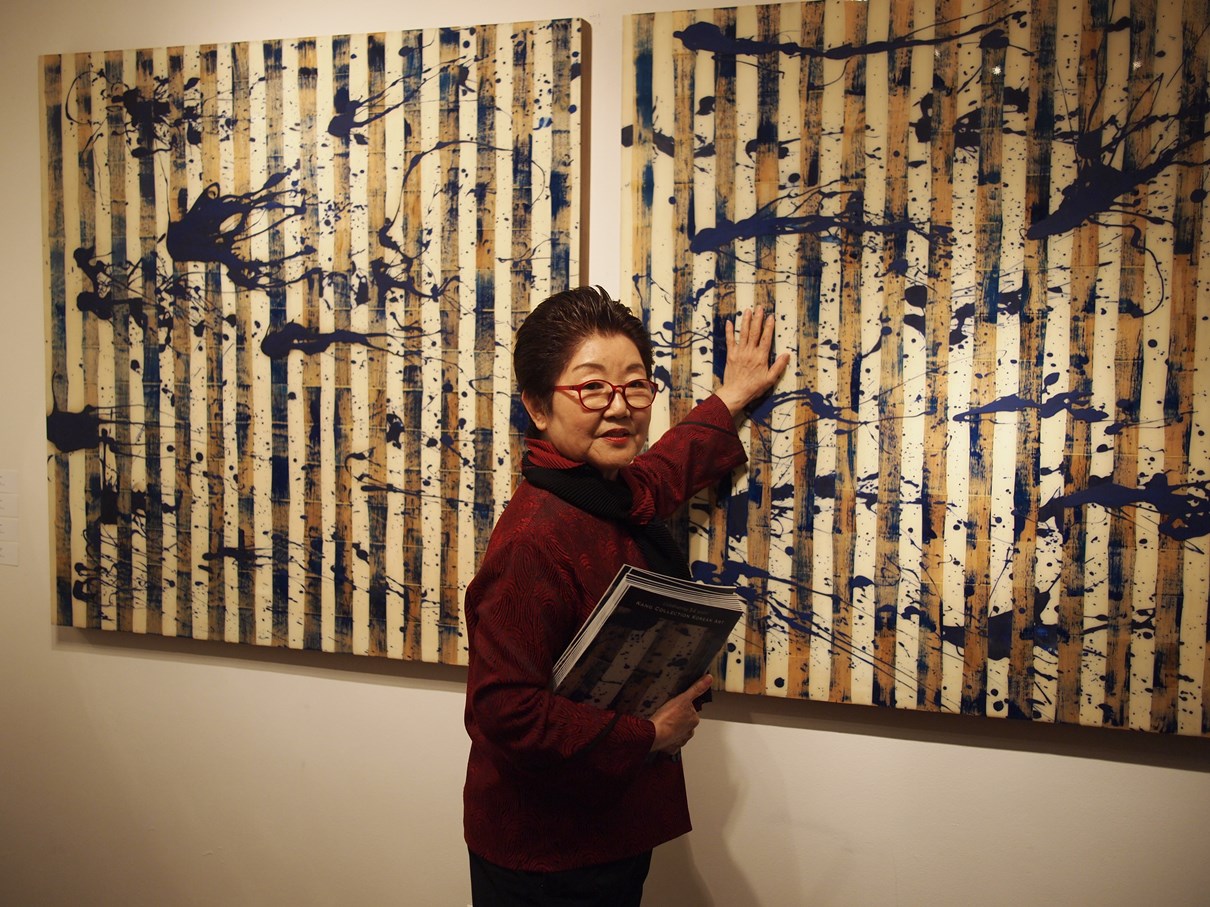
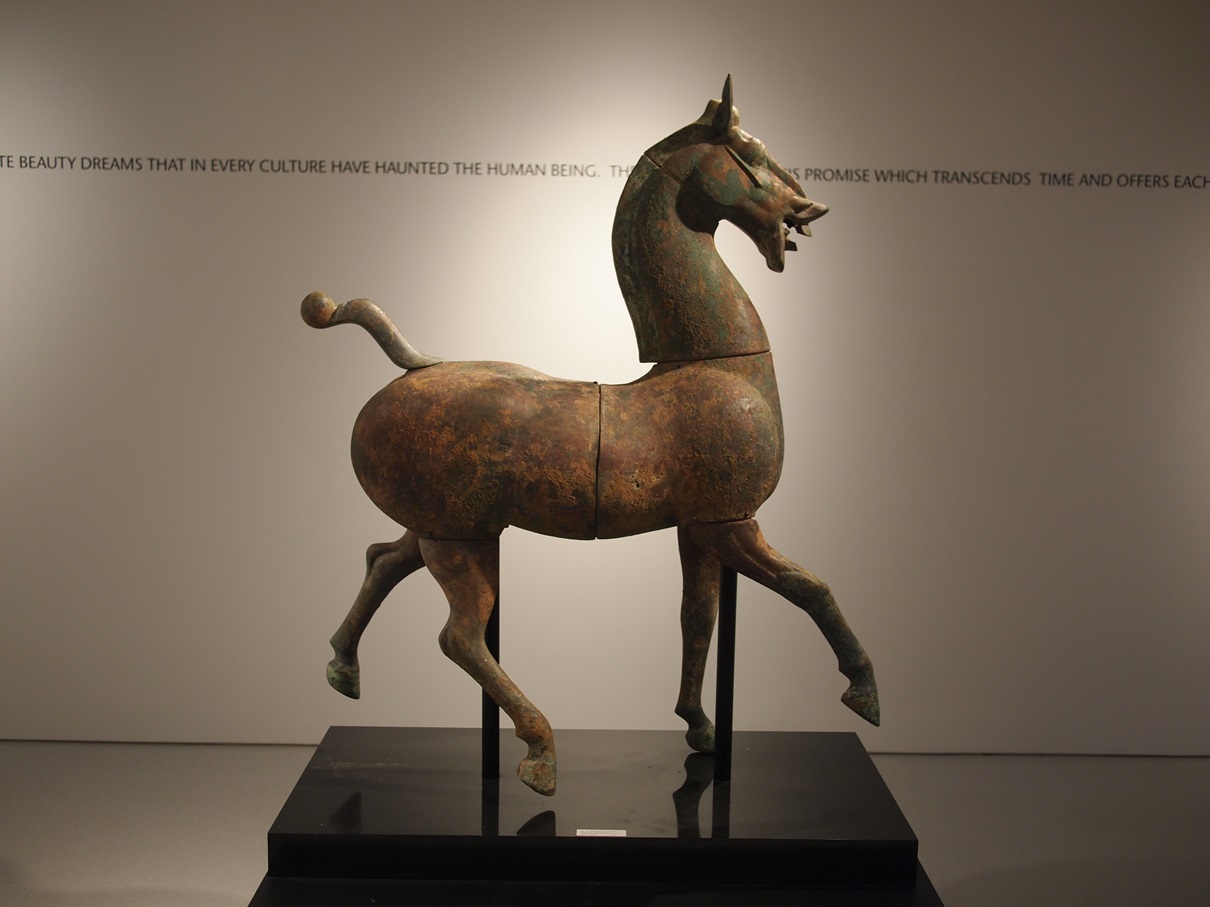
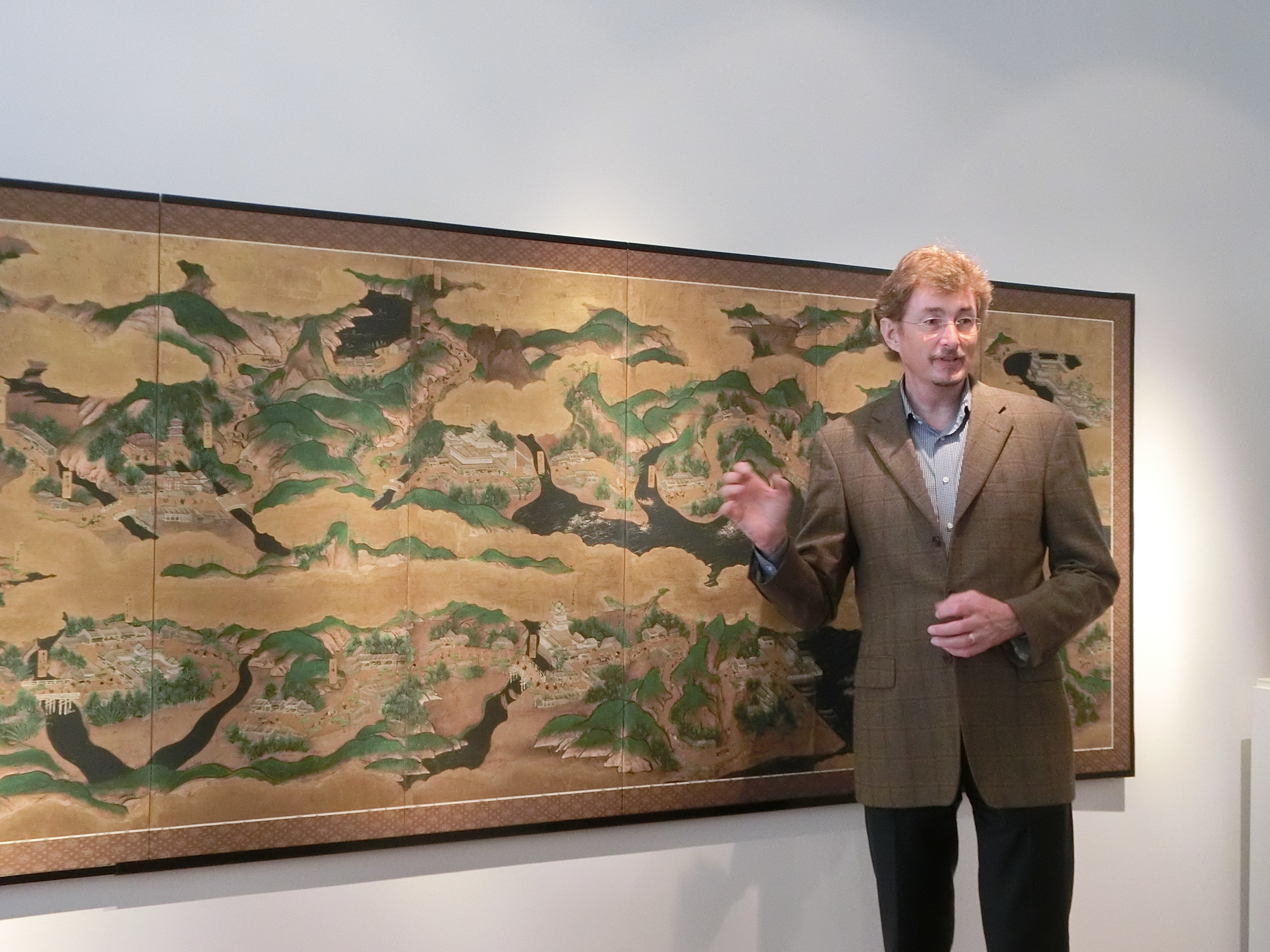
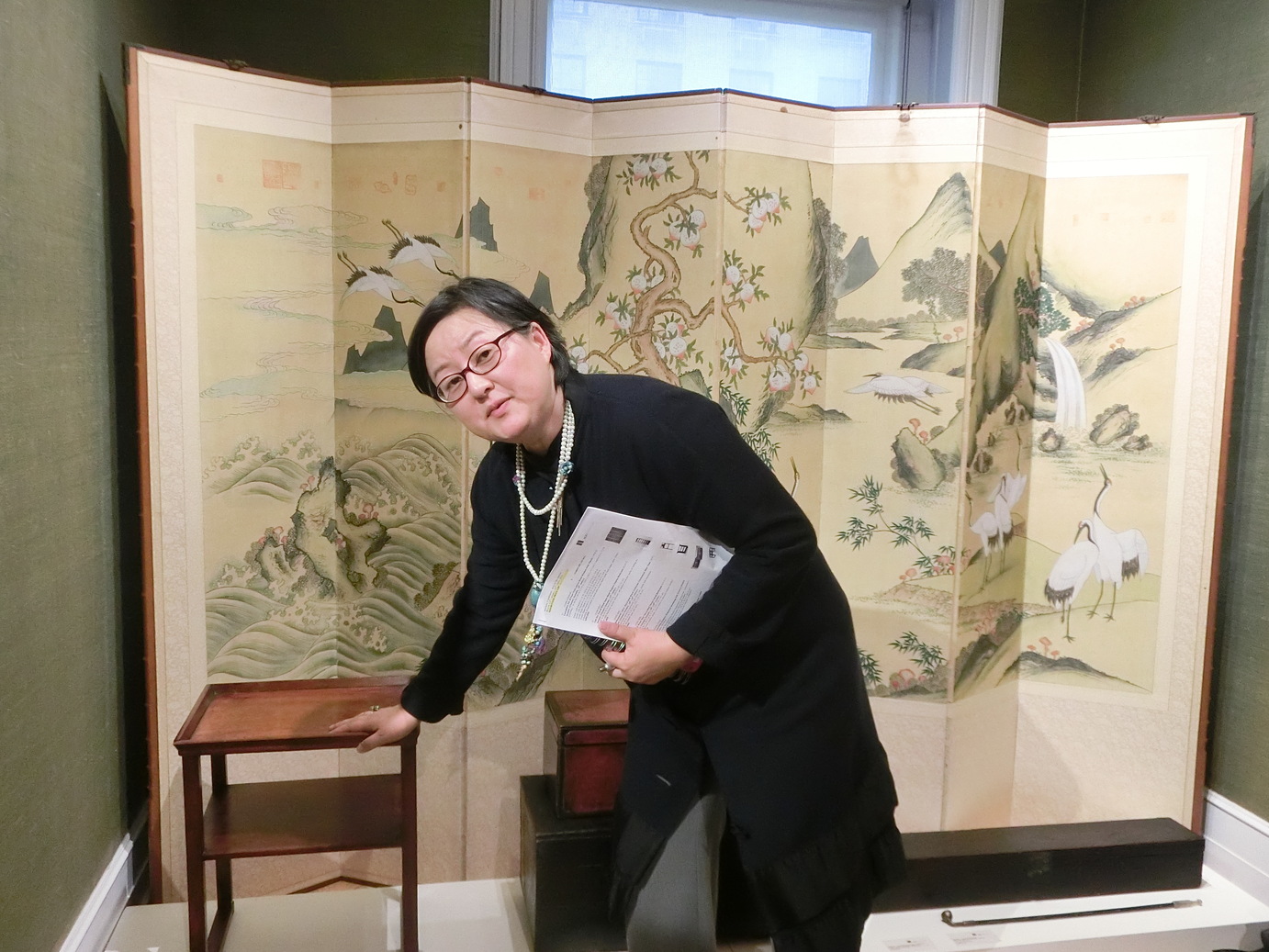
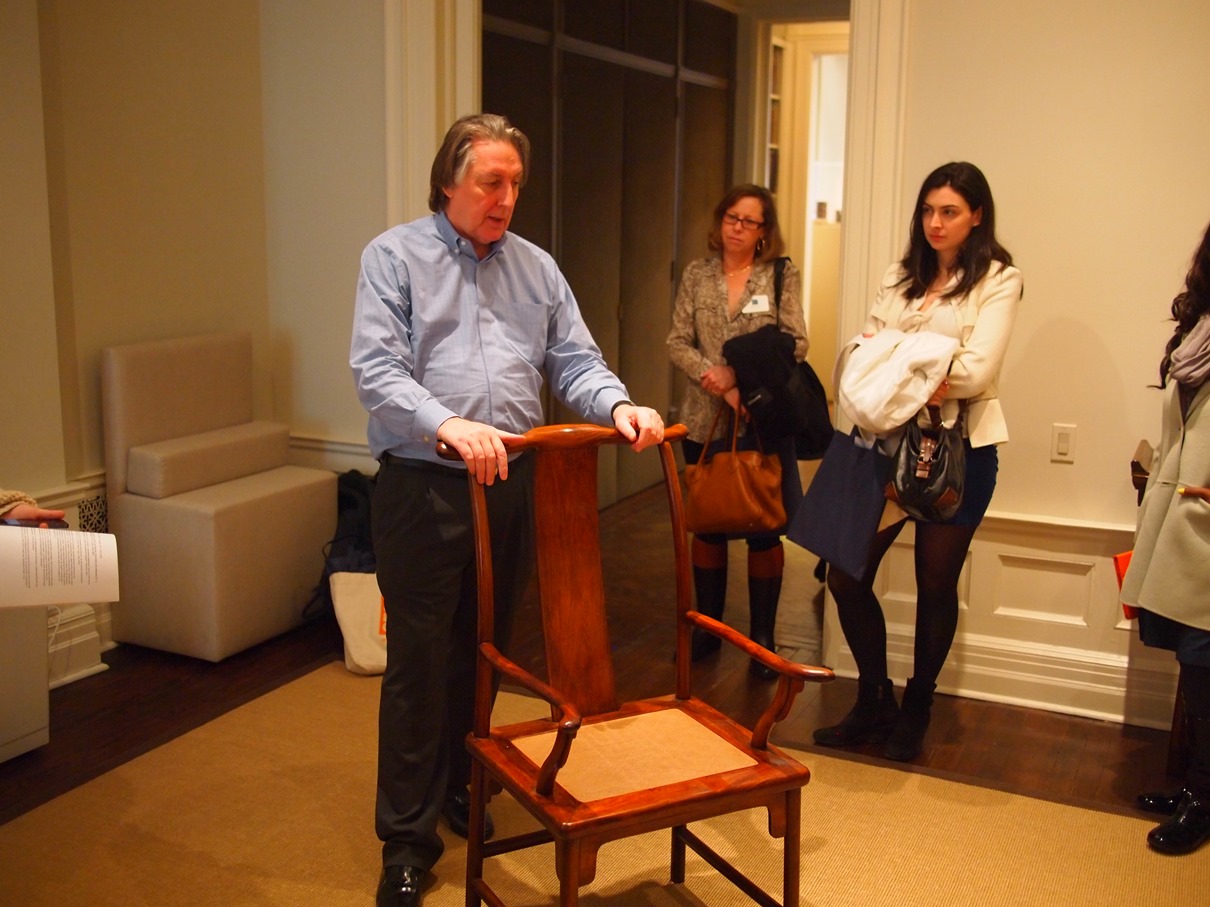
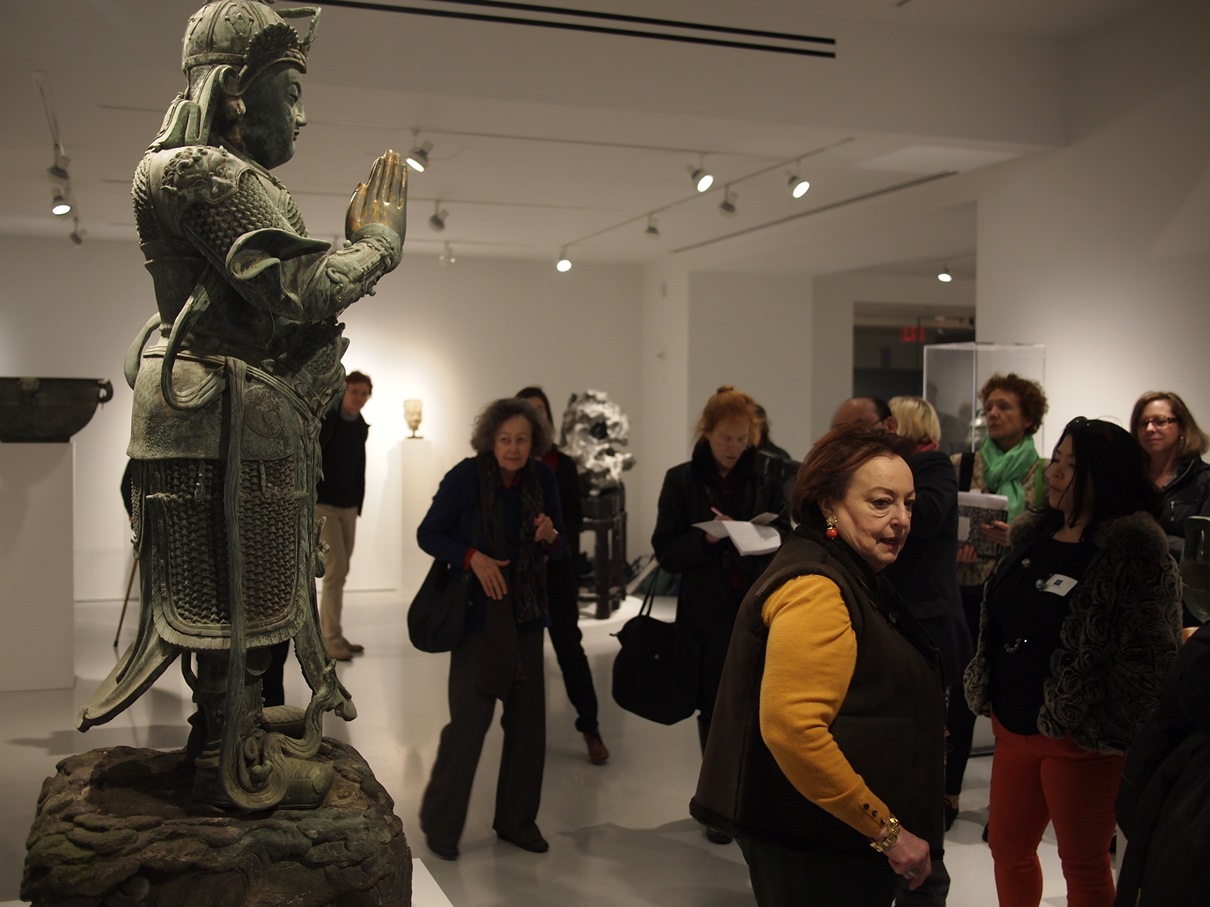


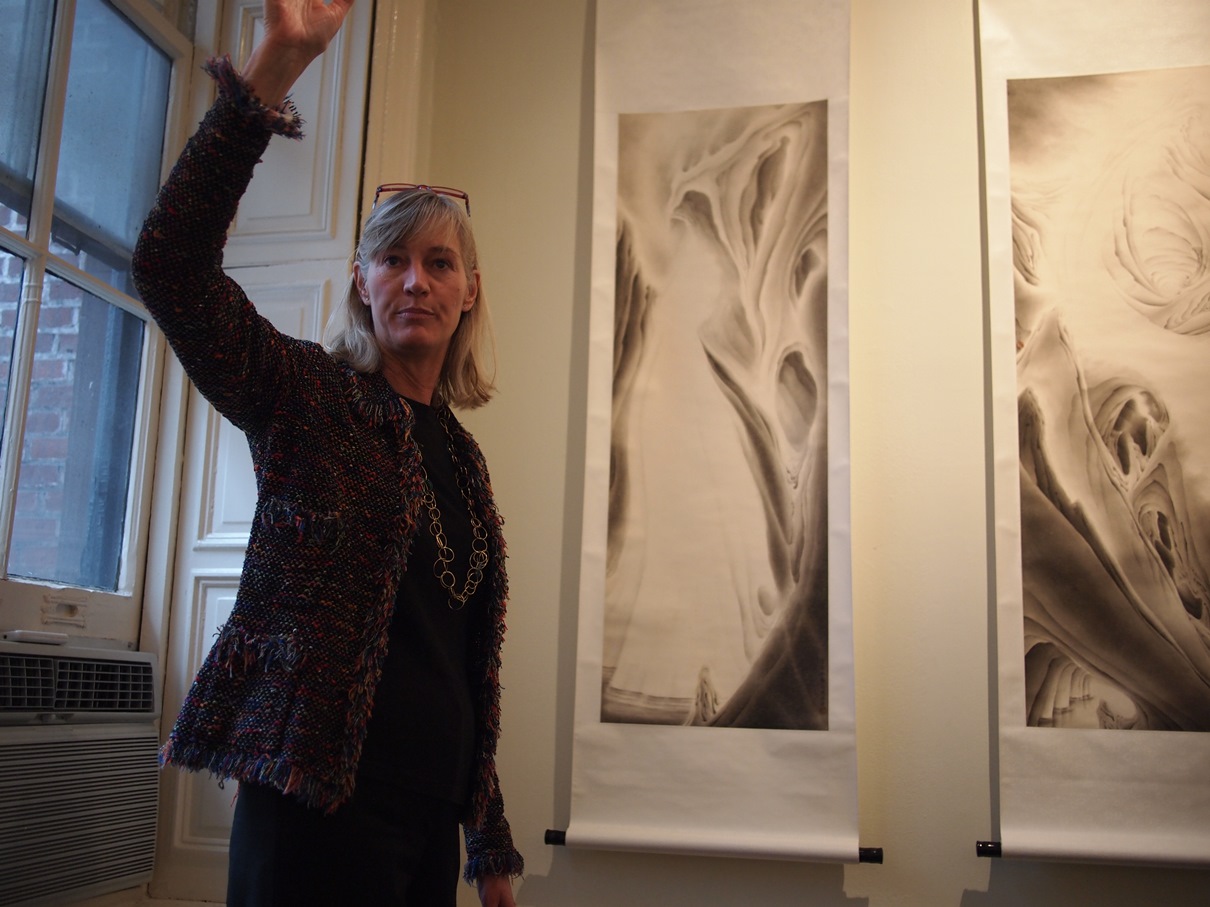
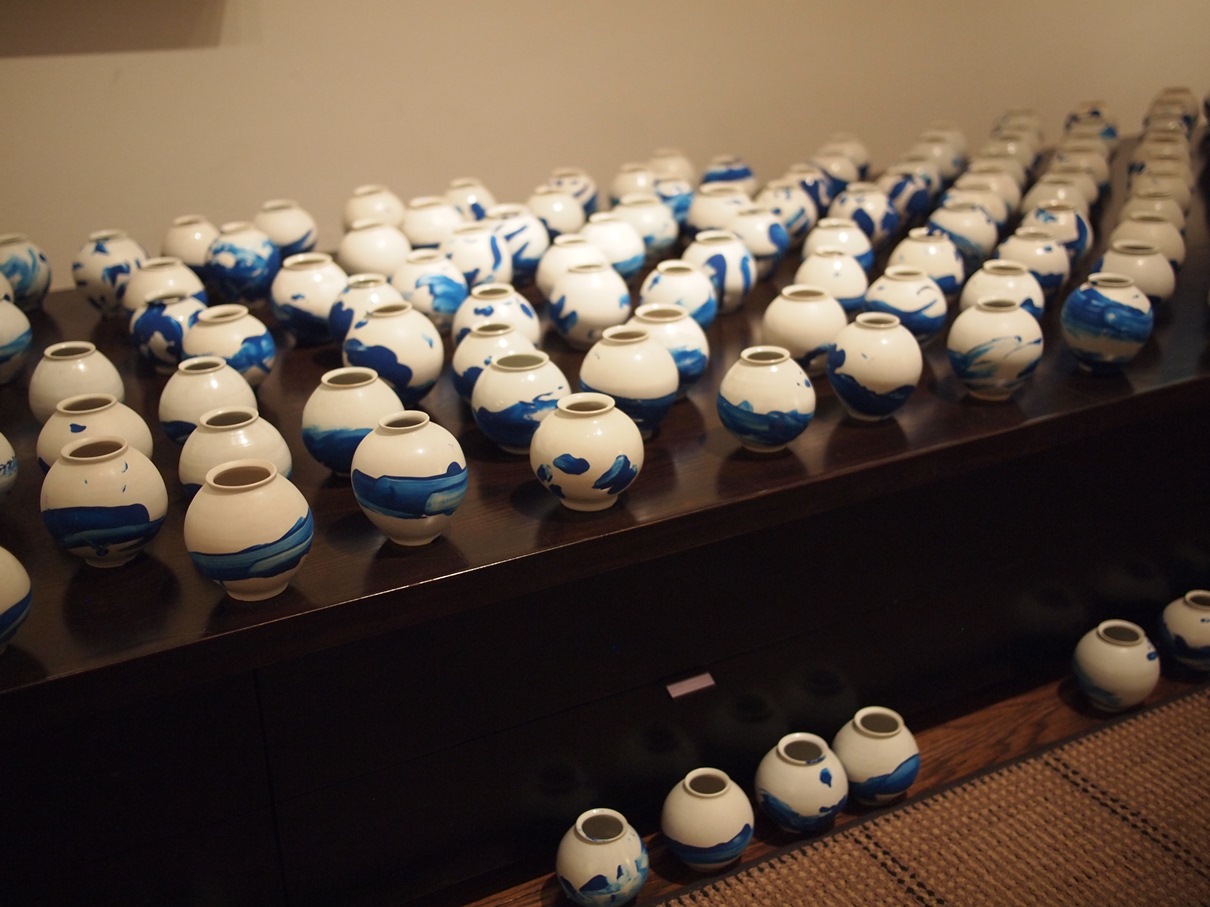
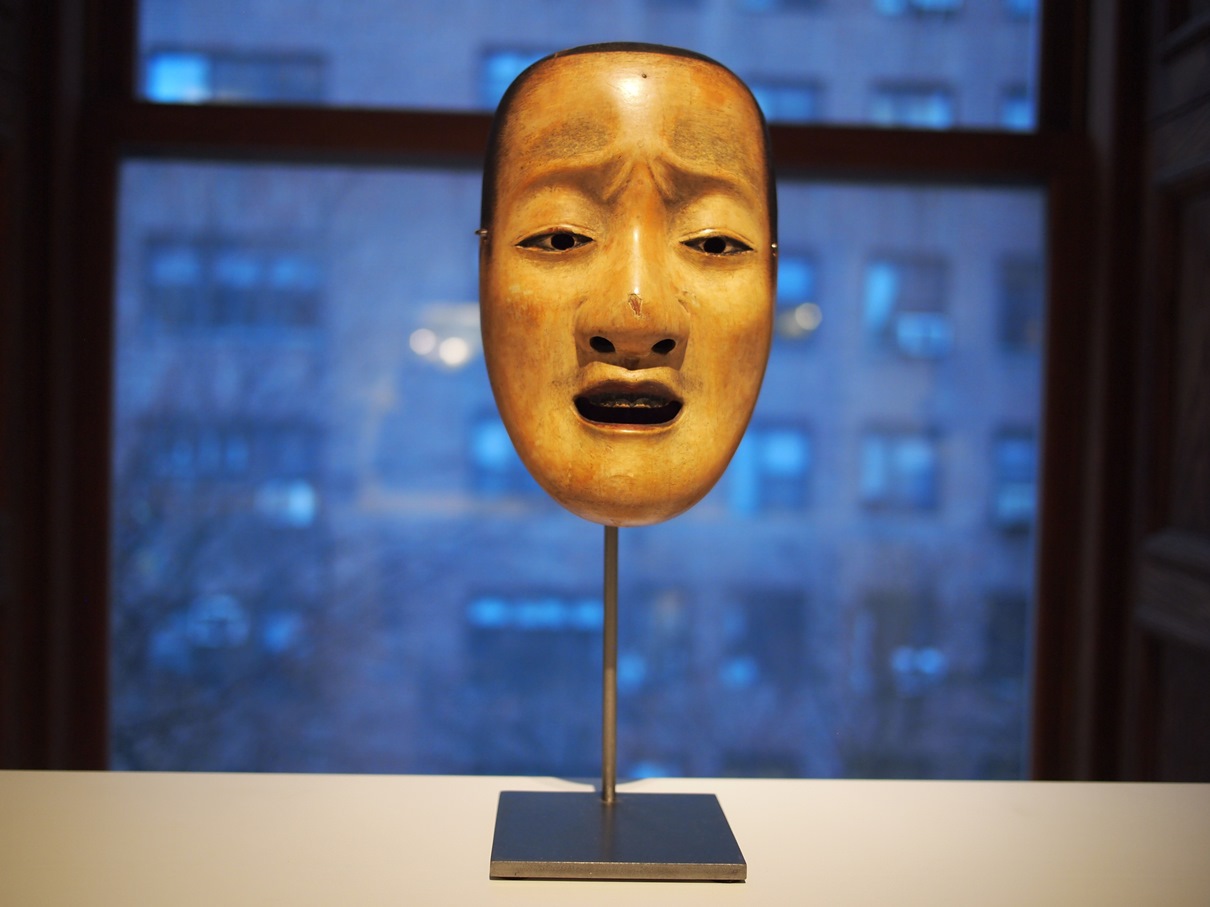
Leave a Reply